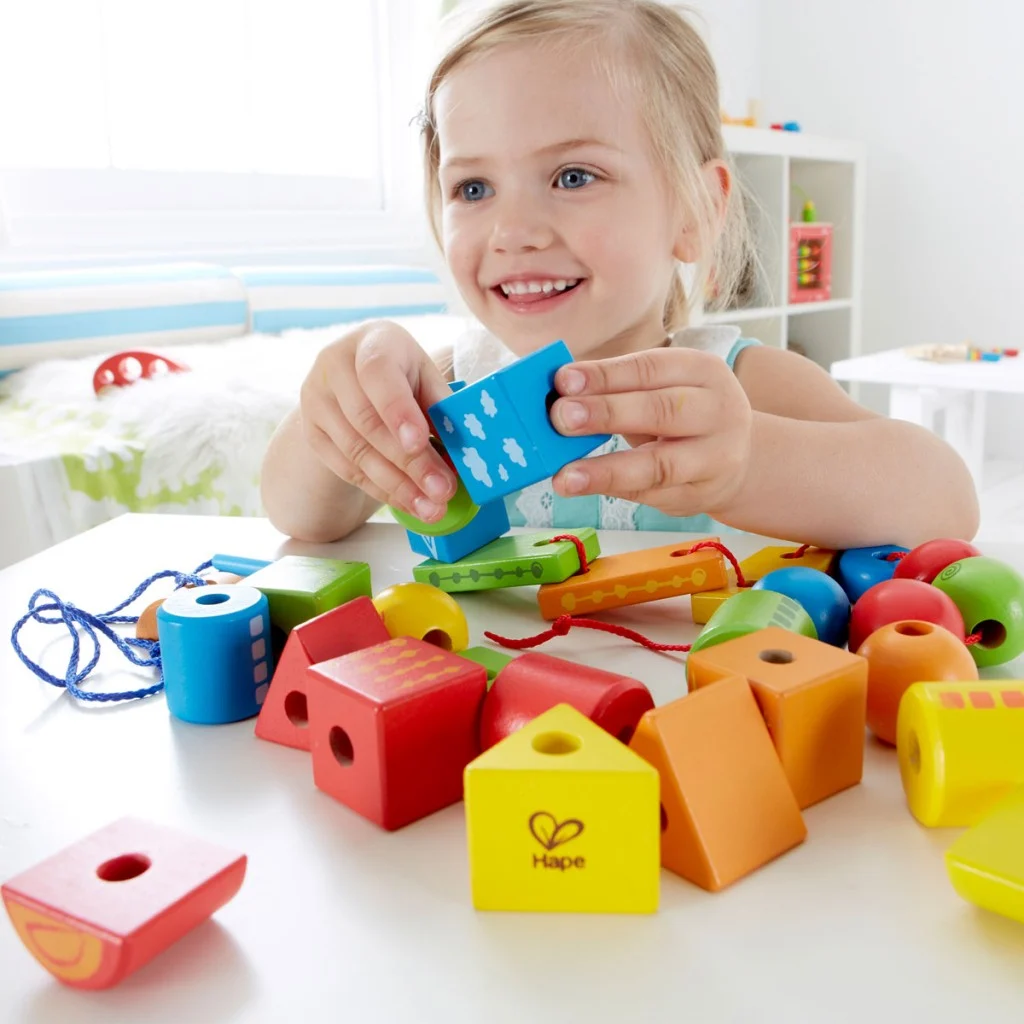Significance of Color Recognition Toys for Children
As children grow and develop, their visual abilities become increasingly important. One of the key visual skills that children need to develop is color recognition. Colors are not only important for identifying objects but also for language and communication development. Toys are an excellent tool to aid children in recognizing and distinguishing colors. In this article, we will explore the significance of toys in color recognition for children.


Types of Toys for Color Recognition
Toys come in various shapes, sizes, and colors, and each one serves a particular purpose in helping children with their cognitive development. When it comes to enhancing color recognition skills in children, there are several toys that parents and caregivers can choose from. These toys include:
Building Blocks – Building blocks come in different colors and sizes, allowing children to sort and stack them by color pattern. These blocks help children learn to recognize primary colors, as well as learn to recognize different shapes and sizes.
Puzzles – Puzzles come in various shapes and sizes and are usually colorful, encouraging children to match the pieces together based on their color patterns. Children can develop problem-solving and critical-thinking skills as they engage in puzzles that require pattern recognition based on color.
Magnetic Tiles – Magnetic tiles have different colors that children can sort and build with. These toys help children learn to recognize colors and shapes, and also enhance their hand-eye coordination as they manipulate the tiles into various geometric shapes.
Playdough – Playdough comes in different colors, and children can mix them to make new colors. When playing with playdough, children can learn about color blending and practice sorting and shaping the dough.
Coloring Books – Coloring books provide children the opportunity to experiment and learn about various color combinations. They can also develop fine motor skills as they learn to color within the lines of each page.
Color Recognition and Cognitive Development
Color recognition skills, along with other cognitive skills, play a crucial role in early childhood development. Children who have adequate color recognition skills tend to perform better in cognitive assessments associated with logical thinking, memory, and attention. Studies have shown that children with good color recognition skills demonstrated overall better cognitive development, leading to better academic performance and better self-esteem.
Activities that require color recognition skills can be beneficial in promoting cognitive development. Sorting blocks by color, arranging colored objects, matching colored objects, and playing games involving colors are some examples of such activities. These activities help children to develop problem-solving and critical-thinking skills, and also enhance cognitive development by increasing visual dexterity.
Long-Term Effects of Adequate Color Recognition Abilities
Adequate color recognition abilities in children have long-term positive impacts on their academic and social progress. As previously discussed, color recognition skills enhance cognitive development, which, in turn, translates to better academic performance. Children with well-developed color recognition skills are also better able to communicate with teachers and peers, showing better communication skills and social interactions. In addition, children who have developed these skills show a greater appreciation for the arts and have more opportunities to engage with various cultural experiences.
Practical Suggestions for Parents
Parents can support their child’s color recognition skills through toy selection and age-appropriate activities. Encourage children to play with toys that promote color recognition, such as building blocks, puzzles, magnetic tiles, playdough, and coloring books. Engage children in fun activities like sorting blocks by color, playing with color matching games, and painting with different colors.
It is essential to introduce color recognition activities at different stages of a child’s development to match their cognitive and linguistic capacities. Children of different age groups can recognize different types of colors, so parents should tailor the activities to what is appropriate for their child’s age and developmental stage.
For children in the early stages of development, introducing primary colors like red, blue, and green can be a great start. These are the most basic colors, and most children can recognize these colors as early as three months old. Engage children in color naming games and color sorting activities to help them learn how to distinguish between different colors. For older children, introduce more complex color schemes, like pastels and neons, as well as more advanced activity options such as color mixing, painting, and drawing.
Parents should remember that children learn through play and exploration. Allow children to use their imagination and experiment with different color schemes and patterns. Encourage children to try different color combinations, and praise them for their efforts.
Conclusion
Color recognition skills are an essential part of a child’s development, and it is important for parents to support their child’s development in this area. Toys are an excellent tool to aid children in recognizing and distinguishing colors. By providing children with the right toys and opportunities, parents can ensure that their child has a strong foundation in color recognition, setting them up for academic and social success. Through play and exploration, children can learn to appreciate and enjoy the beauty and creativity of color.
